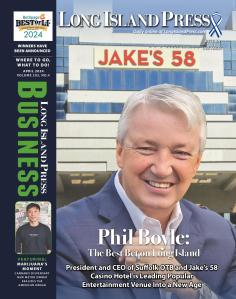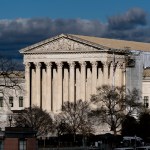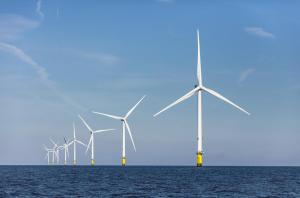How many Asian Americans have to be killed before other people realize there is a pattern? The past year of pandemic has seen every type of violence directed toward Asian Americans, from name calling that leads to spitting on pedestrians and shoving the elderly to the ground hard enough to break bones to stabbings and ultimately the recent shootings in Atlanta, Georgia. Although the three businesses visited by the confessed killer were Asian-owned and six of eight victims were Asian women, a senior law enforcement official there described the mass murder as the outcome of a “bad day.”
The assaults are neither random nor right. Asian Americans, however, have experienced this type of dismissal of their concerns. President Joe Biden mentioned in his first major speech that Asian-Americans number among those front-line health care professionals risking their lives to treat patients during the pandemic. Yet Asian-Americans continue to be blamed for the disease in childish jokes and conspiracy theories.
In the face of tragedy, Asian Americans encounter skeptics about whether they in fact suffer at all. Asian Americans have difficulty persuading others despite the compelling evidence because we frame race in black and white terms, literally and figuratively.
We discuss civil rights as if everyone fits into one of two boxes, black or white. A stroll through New York City confirms that this picture of the world is inaccurate, regardless of your identity or your politics.
Many people are Latinx, Jewish, Arab, and mixed. There are Haitians and Nigerians distinct from African American and “white ethnics” who identify as Italian or Polish or Greek. They can be Afro-Asian, Asian and Spanish-speaking due to family roots in South America, or Asian and adopted. Asian Americans are not alone in being multi-cultural or of mixed descent.
We wish for conflict to be simple, villains and victims. We visualize bigots to be wicked through and through, and those whom they harm to be pure beyond reproach.
The trouble is that everyone except the most extreme and the most foolish appreciates that they are expected at least in polite society to disavow their racism. Observers help them by speculating that there is an alternative explanation for their malfeasance. We should be sympathetic to the victims instead of the perpetrators. What is not deemed “racist” in intention can nonetheless be racial in consequences.
Some people are oblivious to the possibility that Asian Americans run into discrimination. I have been informed directly by folks that all the Asian Americans they know are “well off” or that Asian Americans don’t have it as bad as they would in their “homelands” as if they didn’t belong here. The studies consistently show that Asian Americans who are well-educated professionals are crowded below the glass ceiling, or what some have called a “bamboo ceiling.” Asian Americans also report bias at rates lower than the reality, due to language and culture.
It is infuriating when people explain to me the attacks on Asian Americans are not racist because they are directed at foreigners. That pretext makes the prejudice obvious: Asian Americans, both naturalized and native born, face the very same problems their parents and grandparents do, but are not accepted as bona fide citizens. They are shouted at to go back to where they are “really” from and complimented for speaking English so well. Wrongdoers who are about to strike you rarely pause to check your passport. The implication of the excuse should be called out, that it somehow would be tolerable if offenders only targeted those who were aliens. Once revealed, the sentiment becomes indefensible.
I continue to be hopeful. Anti-Asian American attitudes, hate crimes, and government policies have always been around. But the awareness is new and therefore encouraging. Perhaps now, in coalitions with the #BLM movement and the campaigns against resurgent anti-Semitism, Asian Americans will have allies in demanding only what our great nation promises to all who believe in its ideals: equality and justice.
Frank H. Wu is the President of Queens College, CUNY.
This oped first appeared on amNY.com.
Sign up for Long Island Press’ email newsletters here. Sign up for home delivery of Long Island Press here. Sign up for discounts by becoming a Long Island Press community partner here.


























